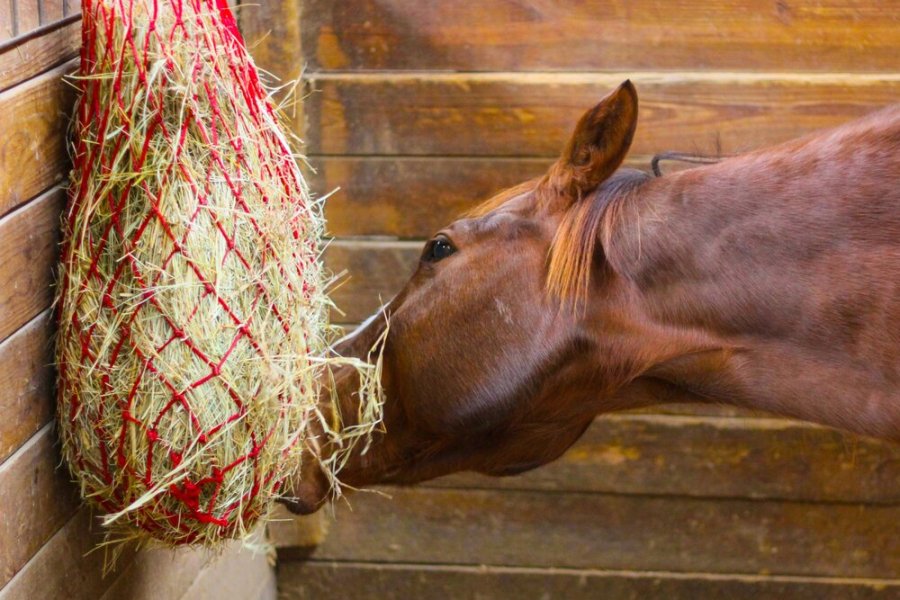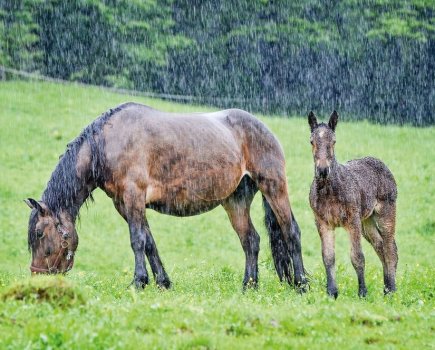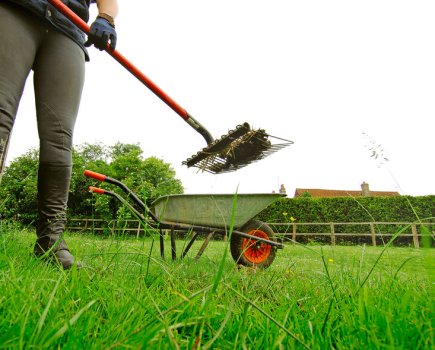Vets see a sharp rise in episodes of both impaction and spasmodic colic due to changes in diet, the weather and amount of stabling time. Katherine Hall MRCVS explains the signs of colic and what you can do to reduce the risk.
“When people start bringing their horses in to spend more time in their stable, the biggest risk is going from grass, which has a high water content, to hay, which is dry,” explains Katherine. “Impaction colic is caused by a blockage in the small intestine, so the increase in dry forage and absence of wetness can lead to obstructions forming.”
Stabling and lack of exercise can also slow gut mobility, leading to a higher risk of an impaction.
Impaction isn’t the only type of colic that horses are at risk of developing. Season changes increase the occurrence of spasmodic colic too.
“Spasmodic colic is caused by disordered movement of the gut and tends to happen when an owner swaps their horse onto hard feed and different forage,” says Katherine. “It takes a while for the bacteria in the gut to get use to processing the new feed, which is why you must always make changes gradually. Sudden changes increase the risk of colic considerably.”
Symptoms include:
- Sweating
- Kicking or biting at the stomach
- Lying down or rolling repeatedly
- Looking uncomfortable and reluctance to eat
- Pawing the ground
- Reduced or no passing of droppings
The best way to reduce the risk of autumn colic is to make management changes, particularly relating to diet, slowly. Any changes made to forage and stabling should be gradual too, ideally over three to four weeks, to give you and your horse the best chance of avoiding any hiccups along the way. Dampening hay helps ease a horse’s transition from grass. Grass is full of nutrients, so bear this in mind when adapting your horse’s diet.
Meet the expert: Katherine Hall MRCVS is an equine vet who has been based at Minster Equine Veterinary Clinic in North Yorkshire.









